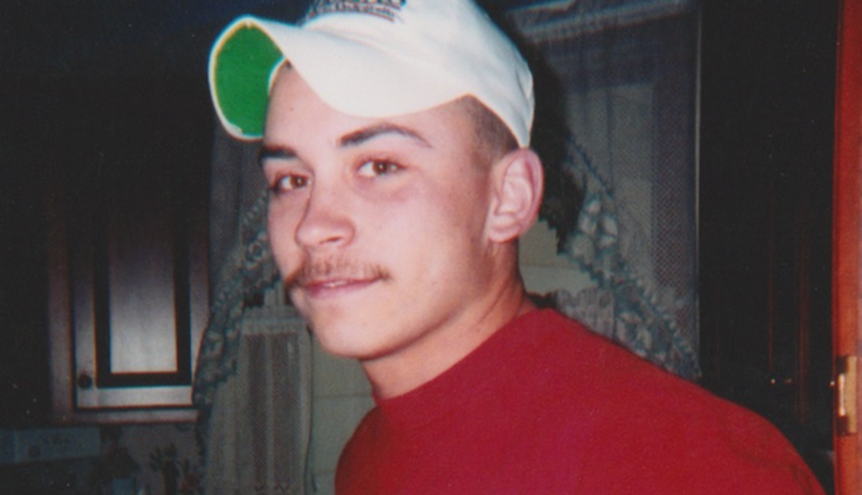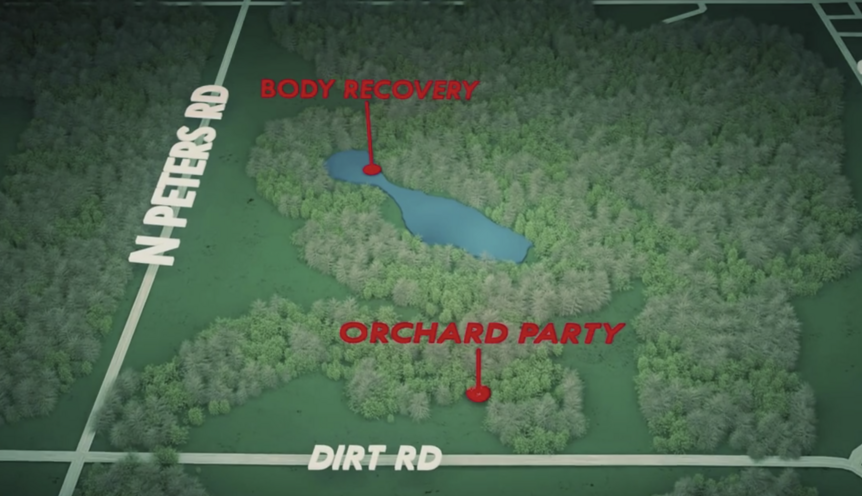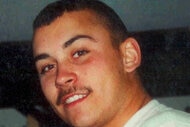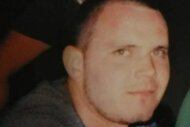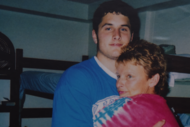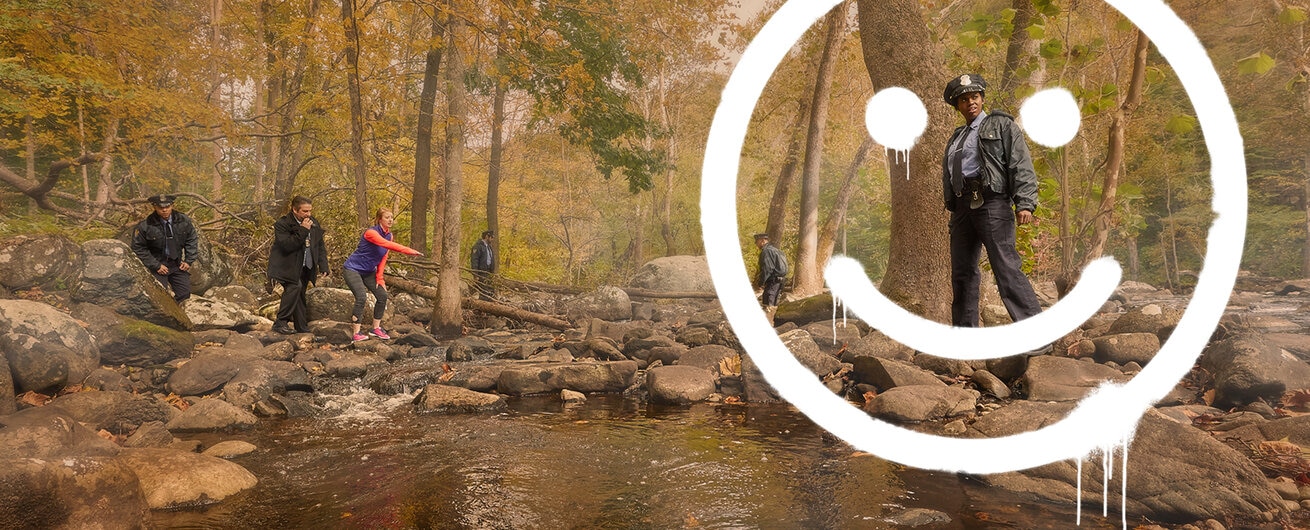Create a free profile to get unlimited access to exclusive videos, breaking news, sweepstakes, and more!
Why Alleged ‘Smiley Face’ Victim Todd Geib Could Have Been Drugged With Antidepressants
The “Smiley Face Killers” team believes he was possibly given the drugs maliciously.
Following the autopsy of undetermined drowning victim Todd Geib, investigators learned the 22-year-old had alcohol as well as antidepressants — desipramine and amitriptyline — in his system. Family reported Geib was not suffering from any form of depression at the time of his death and would not have been prescribed the two medications, leading a team of investigators to believe he had possibly been given the substances maliciously.
Former New York Police Department detectives Kevin Gannon, Anthony Duarte, Michael Donovan and professor of criminal justice Dr. Lee Gilbertson contend Geib could potentially be a victim of the Smiley Face Killers, an alleged network of unknown serial killers that targets college-aged men and dumps their bodies in nearby waterways before leaving graffiti smileys at the death sites. The team also believes the assailants drug the young men with debilitating substances such as GHB.
During “Smiley Face Killers: The Hunt for Justice,” airing Saturdays at 7/6c on Oxygen, Gannon and Dr. Gilbertson met with pharmacist David McDiarmid to learn more about the 500 nanograms of medication found in Geib’s autopsy report. Both desipramine and amitriptyline are in the same drug class, according to McDiarmid, and they would not typically be prescribed to the same patient because they have “additive effects.”
“You would have two tricyclic amines doing the same thing ... That’s going to cause increased risk for side effects, increased risk for hallucinations, confusion, agitation,” explained McDiarmid.
While the medications are not known to be “abused” or taken on a recreational basis, McDiarmid says the pills could “easily” be crushed up and slipped into a drink. He noted the recipient of the drugs could start seeing symptoms such as confusion, hallucinations, cardiac arrest, coma and seizures within an hour of consumption.
“These are life-threatening issues,” said McDiarmid, adding that one could also overdose on this type of drug.
Geib was last seen alive on June 25, 2005 at an orchard party in rural Muskegon, Michigan. He was missing for 22 days before he was found floating upright in a private, secluded lake, not far from the orchard. Local police theorized Geib left the party, wandered into lake and drowned.
“The Hunt for Justice” team, however, argues that Geib would have been physically unable to walk from the orchard to the lake with that amount of drugs in his system. Based on McDiarmid’s statement, Geib would have been “completely incapacitated.”
“Todd would be probably unconscious … We believe Todd was drugged,” said Gannon.
Gannon and Geib’s mother, Kathy Geib, presented these findings, along with other forensic evidence, to the Michigan State Police, who granted Kathy a meeting with the Muskegon County Prosecutor. The Muskegon County Prosecutor requested a full analysis of the discoveries, and Kathy is still waiting to hear if they will reinvestigate Geib’s case.
To learn more about the mysterious drowning of Todd Geib, watch “Smiley Face Killers: The Hunt for Justice” on Oxygen.




